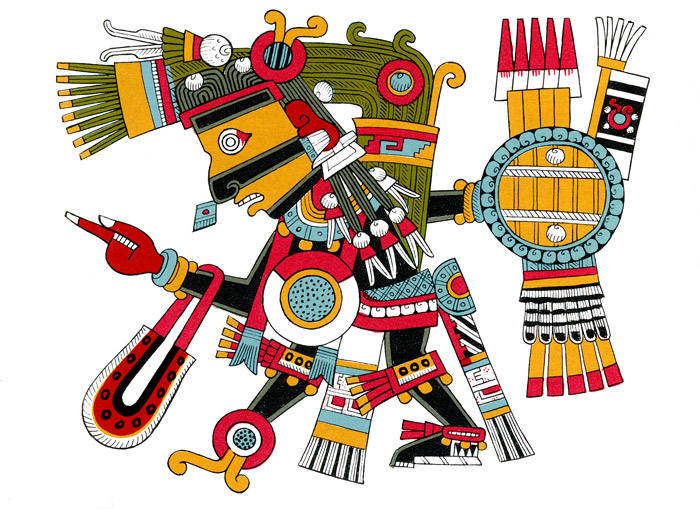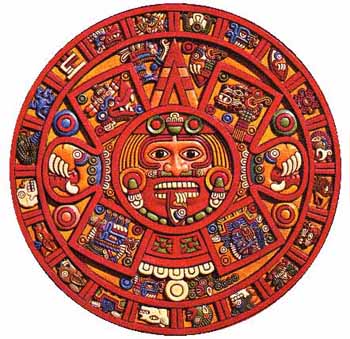Chichén Itzá
Chichén Itzá is a complex of Mayan ruins on Mexico’s Yucatán Peninsula. A massive step pyramid, known as El Castillo or Temple of Kukulcan, dominates the ancient city, which thrived from around 600 A.D. to the 1200s. Graphic stone carvings survive at structures like the ball court, Temple of the Warriors and the Wall of the Skulls. Remarkably, given the relatively simple technology available at the time, Chichen Itza was built in an area of rough terrain that was leveled in order to accommodate larger structures, including, most notably, El Castillo (“the castle”), a pyramid structure that, thanks to restoration efforts on the part of the Mexican government, still stands today. This pyramid-shaped structure stands close to 100 feet high.
Aztecs
The Aztecs were a wandering (nomadic) tribe from northern Mexico and were one of the last great Native American civilizations. The word “Aztec” means “someone who comes from Aztlán”. The exact origins of the Aztec people are uncertain, but they are believed to have begun as a northern tribe of hunter-gatherers. Art was an important part of Aztec life. They used some forms of art such as music, poetry, and sculpture to honor and praise their gods. The Aztecs also employed art as a tool to reinforce their military & cultural dominance.




